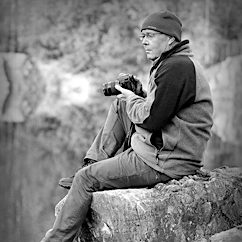Tracking down the 70 Heritage Sites of old Grahamstown has sometimes taken time but it’s always brought rewards. The Old Wesleyan Chapel and Church Hall at Fort England is a good example. Thanks to the co-operation of the staff there – particularly Dr Mo Nagdee and Mr Iain Reid – I was granted permission to take photographs within the grounds and given a tour of the site. Here’s the result.
There’s a small mention of the chapel in Whiteside’s 1906 History of the Wesleyan Methodist Church of South Africa.
“As Grahamstown extended suburban churches were erected – one at West Hill, in the year 1860, the foundation stone of which was laid by Mrs Impey, daughter of the Reverend W Shaw, and another at Fort England, not far from the house occupied by Sergeant Lucas, in which Mr Shaw preached on his first visit to Grahamstown.” Shaw’s first visit was in 1820. The Fort England site was then known as East Barrack Hill. The South African Heritage Resources Agency (SAHRA) gives the date of the Old Wesleyan chapel as 1861.
RODDY FOX
Roddy is a self taught photographer whose first camera, a Zeiss Ikon, was bought in 1974 from a second hand dealer in Glasgow. Through the forty years since then, he's taken landscape photographs with Pentax, Olympus and FujiFilm systems for his teaching and research as a geography academic at Kenyatta and Rhodes Universities. He has always been inspired by great nature and landscape photographers such as Nick Brandt, Beth Moon, Obie Oberholzer and Hans Strand. Since taking early retirement he has been able to pursue his passion for photography, published a photobook ’Symmetry in Nature’ and held three solo exhibitions at the National Arts Festival, Grahamstown, South Africa.
His landscape photography is about light: often at low angles, of forests, mist and clouds, the night sky and lightning. He prints on different media depending on the affects he wants to produce: brushed aluminium for reflecting angled light; Hahnemühle German Etching paper for soft diffusion; Ilford Metallic Gloss for vibrant night pictures.
His conceptual photography uses mirroring and merging of layers to explore patterns, motifs and the feminine in nature.


